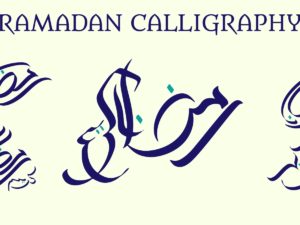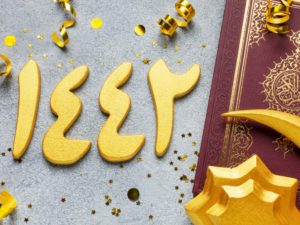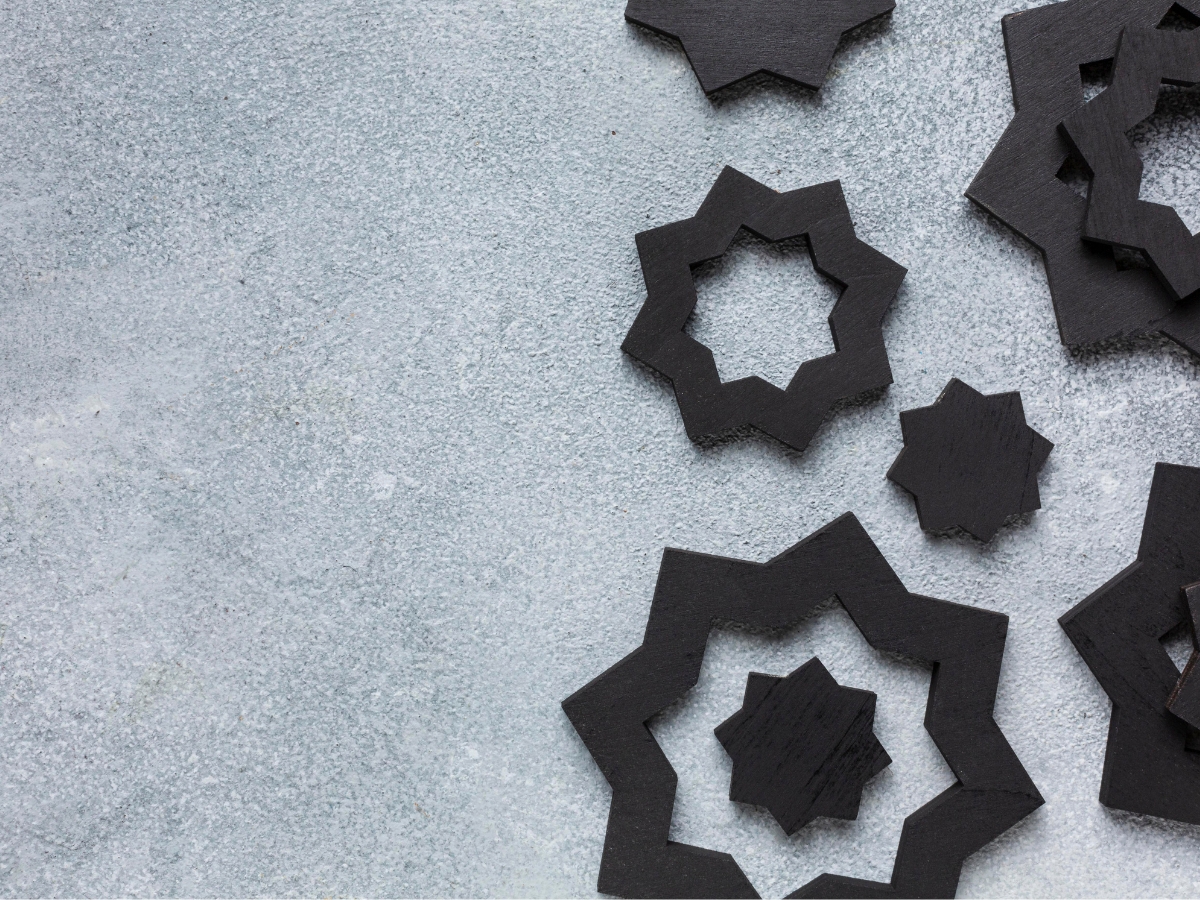Islamic art is one of the most diverse and intricate forms of art in the world. The beauty of this art lies in its ability to capture the imagination and convey the spiritual essence of Islam. The art of calligraphy has been practiced by Muslims for centuries, and it is a way to spread the teachings of Islam. Calligraphy is not only an art form but also a method of communication.
Islamic art and calligraphy are two distinct yet related forms of art that have been practiced by Muslims for centuries. Islamic art is characterized by its focus on geometric patterns and its use of calligraphy, both of which reflect the Islamic faith. Calligraphy, in particular, is an important part of Islamic culture, being used to write out Islamic texts such as the Qur’an. Islamic art and calligraphy also often feature motifs such as arabesques, which are intricate geometric patterns.
It is a form of artistic expression that expresses the values and beliefs of the Islamic faith. Islamic art and calligraphy are highly respected and admired in Islamic societies and is used as decoration, spiritual guidance, and communication. Islamic art and calligraphy incorporate elements such as geometric shapes, floral designs, and scriptural verses, as well as Islamic symbols, figures, and symbols of nature. The artworks are often seen as communication and spiritual guidance, and Islamic calligraphy is often used to decorate mosques, other religious buildings, and homes. Islamic art and calligraphy can also be found in Islamic manuscripts, furniture, carpets, jewelry, and other decorative items.
A definition is an explanation or description of something. In this article, we will define the term “Islamic Art” and “Calligraphy”.

History
For Muslims, the calligraphic writings of the Qur’an are the words that communicate the divinely revealed messages of God. This art is not simply handwriting or painting. It is the beauty of how the letter forms and script flow from one letter to the next and from one page to the next. It is the perfect medium for spreading the message of Islam, as it communicates the divine messages in the clearest way possible.
The origins of calligraphy as an art form in Islam can be traced back to the time of the Prophet Mohammad (peace be upon him) when he encouraged Muslims to write their names on the wall or on pieces of paper. After that, Muslims started using calligraphy to spread knowledge to others.
Since the ninth century, many Arab scholars used the Arabic script to produce religious works, and these were called “Arabic Calligraphy. Islam has always been associated with calligraphy. The art is practiced by Muslims as a sacred art form and also as an important part of their daily lives. It has played a great role in many aspects of life, including in Islamic arts and crafts, decoration and design, literature, education and even politics. Calligraphy has influenced the Islamic religion. In the Muslim world today, one can find all kinds of calligraphy in use. These include formal and formal-like styles, ornamental, Arabic, Sufi, scriptural and folk calligraphy. Among all these, Sufi calligraphy or “Sufi art,” is the oldest form of calligraphy in Islam.
The earliest Islamic calligraphers worked on monumental inscriptions such as those at Samarra, Iraq. However, calligraphic art has been defined as the art of the hand. Many Islamic calligraphers were monks, whose script was developed specifically for manuscripts or sacred texts. They included figures such as Al-Tawba, Al-Masjid al-Haram in Mecca, Al-Jame’a (Jerusalem), Al-Zubayr, Qadi Ashur, and Imru’ al-Qais, to name but a few. The earliest surviving manuscripts in Arabic script date from the 9th century. This new manuscript culture flourished after the Mongol invasion of 1258, when the Mongol empire brought the Abbasids to power. At that time, all aspects of life in the Abbasid capital Baghdad became dominated by Islamic culture.

Calligraphy in the Middle Ages
Calligraphy in the Middle Ages can be traced back to the early Islamic civilization. A famous example of calligraphers who specialized in this area was the 14th century writer Abu al-Majd ibn Abi Shama. During the Abbasid period, in the 9th century, Muhammad ibn al-Shatir was well known for his calligraphy and art. Al-Qattan (1147–1234) was a master of classical Arabic calligraphy and lettering. In particular, he is regarded as the greatest calligrapher during the Mamluk era and a teacher of many artists. In the same period, Hafid (1140–1235), another leading calligrapher, was the tutor of many notable calligraphers of the time, including Nasir Khusraw, Ibn Hazm, and Ibn al-Banna.
In the Middle Ages, calligraphy was taught in the schools. People like Al-Qattan, Hafid, and Hassan were famous masters of the art form. In the 17th century, it was brought under the control of the government of the Ottoman Empire. Islamic art has a long and varied history, with its roots tracing back to the 7th century CE when the Islamic Empire began to expand rapidly.
The history of Islamic art and calligraphy is a long and fascinating one, stretching back many centuries to the time of the Prophet Muhammad and beyond. From its humble beginnings, it has developed into a vibrant and diverse art form, encompassing a wide range of media and styles. Islamic art and calligraphy have played an important role in the history and culture of many countries, and continue to be an integral part of the Islamic world today. Islamic art and calligraphy will remain an important part of Islamic history and culture for many generations to come. Moreover, Islamic art and calligraphy has also played an important role in cross-cultural exchanges and has had a significant influence on other art forms. Through the centuries, Islamic art has been a source of inspiration and creativity, and its beauty and symbolism continue to captivate audiences around the world.
